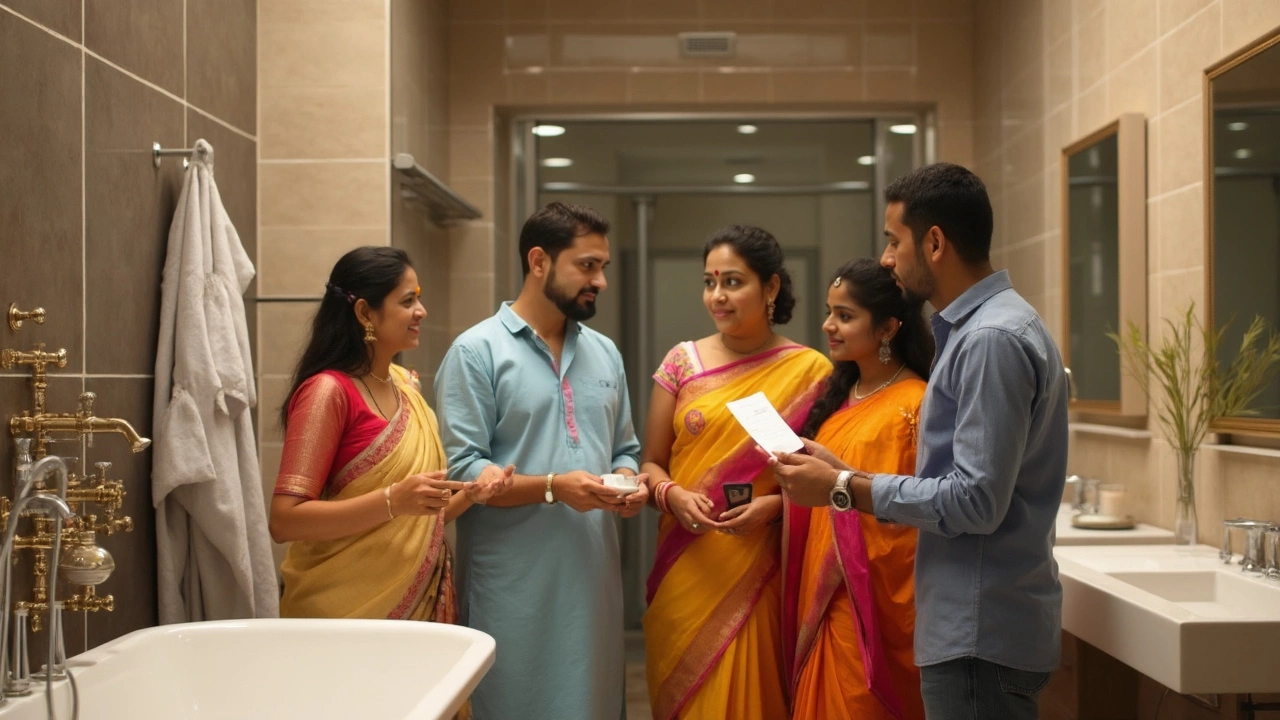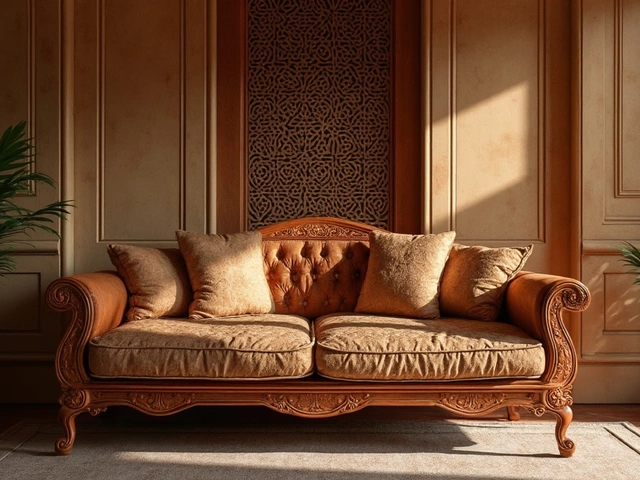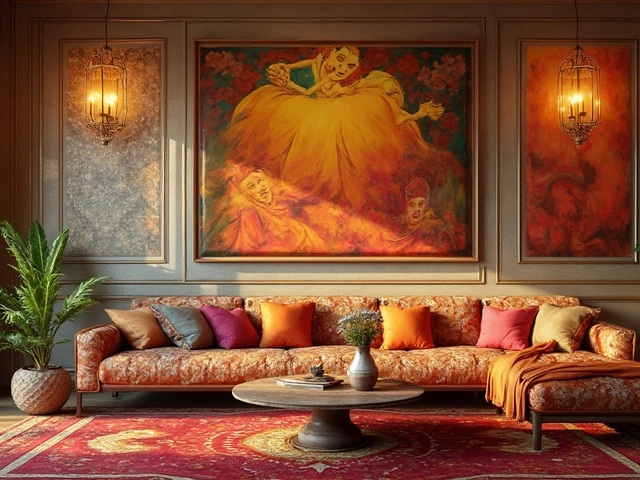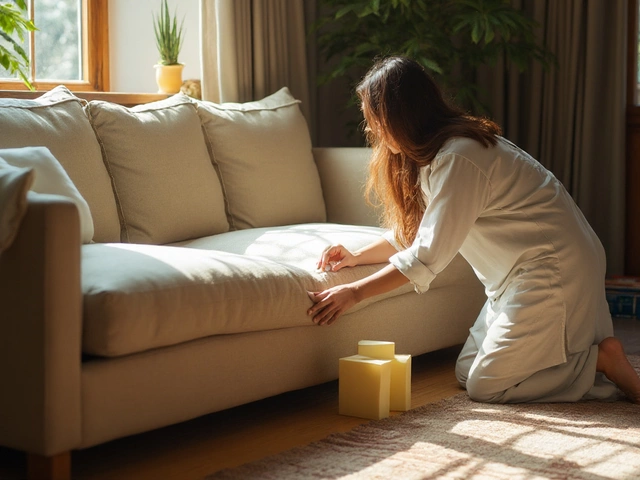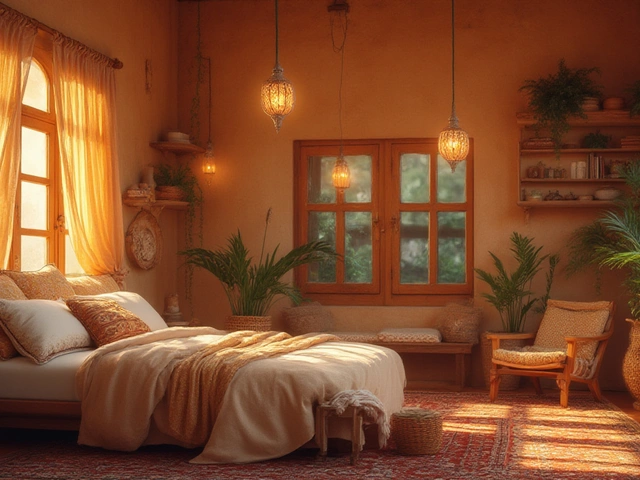People love to fuss over tile colors and fancy taps, but when it comes to blowing your bathroom budget, it’s not always where you expect. If you’re gutting the whole space or even swapping out a few features, it pays to know which parts eat up most of your cash—and why.
The heavy lifters? It’s usually the main fixtures – the tub, shower system, and sometimes the toilet. A high-end freestanding tub can cost more than half your bathroom budget all by itself. Add a fancy shower system with all the bells and whistles? You’re looking at a serious jump in price.
What trips up most folks, though, isn’t just the sticker price. It’s all the stuff that comes with those big pieces—installing, waterproofing, moving plumbing. Miss those extra costs, and your budget doesn’t stand a chance. And hey, ever notice how some accessories cost as much as the big items? You’d be surprised where all those little price tags add up fast.
- Big Ticket Bathroom Items
- Why Accessories Can Cost More Than You Think
- Hidden Costs That Sneak Up
- Saving Without Cutting Corners
Big Ticket Bathroom Items
In every bathroom remodel, the real wallet-drainers are usually the big fixtures. We're talking tubs, showers, and vanities. These are the items that can eat up almost half your total budget—sometimes more if you go for premium brands or luxury features. For a quick reality check, a basic bathtub might run a couple hundred bucks, but a fancy soaking or whirlpool tub? Now you're easily looking at $3,000 or more, not counting installation. Bathroom remodel pros always say: the bigger the feature, the heavier the price tag.
Showers are no slouch either. Custom-tiled walk-in showers with glass doors and body jets can cost as much as a cheap used car. For reference, a simple prefabricated shower setup with basic fixtures might cost around $900, while a fully custom system—think rain heads, steam, smart controls—can quickly top $6,000 to $10,000 just for materials and the most expensive labor.
Vanities and countertops sneak up fast, too. Want quartz or real marble? That jumps the bill vs. standard laminate. Double sinks, soft-close drawers, lighting built in—all little extras that drive up final costs. Check out this quick snapshot of typical price ranges for these big items:
| Item | Low Cost | High Cost |
|---|---|---|
| Bathtub (standard/premium) | $250 | $5,000+ |
| Shower system (basic/custom) | $900 | $10,000+ |
| Vanity & Countertop | $400 | $3,500+ |
Add to all this the labor and extra plumbing needed for bathroom fixtures, and it’s obvious where most of your budget vanishes. The lesson? Know what you’re getting into before falling in love with the most expensive part of a bathroom. It’s not always the pretty stuff that costs the most—sometimes it’s what’s hiding inside the walls and floors, too.
Why Accessories Can Cost More Than You Think
It sounds wild, but sometimes the little stuff in your bathroom is what chokes your wallet the hardest. Sure, everyone thinks the bathroom remodel pain comes from the tub or the tiles. But have you checked the price tags on name-brand fixtures like towel warmers, designer faucets, or even some soap dispensers?
Start adding up accessories, and you’ll spot how quick the cost skyrockets. Take mirror cabinets and lighting: high-end mirrored medicine cabinets with built-in lights or defoggers can cost more than your actual sink. Then you have heated towel racks, rainfall showerheads, and motion-sensor touchless faucets. Each of these pushes the numbers higher, especially if you go for smart tech or polished finishes.
Here’s a look at what can drive up your bathroom accessories bill:
- Brand names and trends: Labels like Kohler, Grohe, or Hansgrohe carry a status price. Going for matte black or gold finishes? That’s extra.
- Custom work: Accessories that need custom fitting or matching with unusual décor soak up labor costs, too.
- Smart features: Bluetooth speakers in mirrors, auto-flush toilets, or LED touch-screen shower controls aren’t cheap at all.
For a reality check, let’s see how some accessories stack up in price:
| Accessory | Basic Cost | Luxury Cost |
|---|---|---|
| Showerhead | $30-$90 | $300-$1,200 |
| Heated Towel Rack | $80-$150 | $450-$1,000 |
| Vanity Mirror | $70-$200 | $400-$2,000 (with tech) |
If you pick four or five luxury bathroom accessories, you might end up spending as much—or even more—than on your shower or toilet. No joke, a few eye-catching extras can tip your entire bathroom costs budget.
The smart move? Choose your spots. Upgrade where you’ll notice it every day, and keep the rest simple. That’s how you get the high-end look without the "How did I spend that much?" panic.

Hidden Costs That Sneak Up
People often plan for the obvious stuff like the new shower or tub, but a lot of the biggest bills come from hidden costs. These are the sneaky bits—usually not listed up front—that bloat your budget if you’re not paying attention. If you’re thinking that swapping out a bathroom remodel is just about picking the right shade of grout or getting a new tap, think again.
One of the first culprits is plumbing. Moving pipes even a few feet can set you back a grand or more, especially if you live in an older house where nothing lines up where it’s supposed to. Then there’s waterproofing. If you skip this step, you risk leaks and long-term damage, which can turn into a repair bill that dwarfs what you saved initially. Quality waterproofing work for showers alone can range from $500 to over $2,000, depending on how big the space is and which materials you pick.
Let’s talk about vent fans and lighting. These don’t seem like big deals, but if you’re changing layouts or upgrading to fancier, energy-efficient options, you’ll need an electrician. Sometimes, older homes need extra wiring or circuit upgrades just to handle new lights or heated towel rails. That’s another few hundred bucks—easy.
Disposal of old fixtures and debris is another surprise. Hauling away a big tub or piles of tiles isn’t always included in quotes, and landfill fees are going up every year. Some companies charge per load, with prices ranging from $100-$500 depending on how much you’re tossing. Take a look at this quick comparison:
| Hidden Cost Item | Average Price Range (USD) |
|---|---|
| Moving Plumbing | $1,000 - $3,000 |
| Waterproofing | $500 - $2,000 |
| Electrical Upgrades | $300 - $1,000 |
| Debris Disposal | $100 - $500 |
The last sneaky expense? Downtime. If your only bathroom is out of commission, you might end up paying for a portable bathroom or making daily gym trips to shower. Even things like specialized bathroom accessories—heated mirrors, motion-activated faucets—can require new fittings or installation fees.
Best tip? Pad your budget by about 15-20% for these surprises. That way, when the hidden costs show up, your wallet isn’t left gasping for air.
Saving Without Cutting Corners
You want that dream bathroom, but tossing your whole paycheck at a bathroom remodel doesn’t make much sense. Saving money without making things look cheap is totally possible—you just need a smart plan and to know where your money actually matters.
The first place to save? Keep your plumbing where it is. Moving pipes around eats up both time and budget. According to HomeAdvisor, rerouting plumbing can jack up your costs by $1,000 to $5,000, depending on how wild the new layout gets. So, unless you really can’t stand where the toilet is, leave it put.
Another trick: go for mid-range bathroom fixtures. Ultra-cheap options can look worn quick, but you often can’t spot the difference between good mid-priced stuff and luxury pieces once they’re installed. For example:
- Skip the $2,000 faucet—choose a $200-300 solid brass model instead. Looks great, lasts long, nobody will notice.
- Ceramic or porcelain sinks offer durability and style at a fraction of designer brands.
- Wall mirrors from big box stores often look as good as those ten times the price at boutique showrooms.
Don’t forget about bathroom accessories either. Towel bars, soap dispensers, and robe hooks in matching finishes give you that polished look. Buy a set, not singles, to save some cash.
| Item | Average DIY Savings |
|---|---|
| Paining walls | $300 |
| Installing simple accessories | $100-$200 |
| Swapping mirrors/lighting | $150 |
Don’t underestimate small DIY jobs. Painting, swapping out hardware, or installing your own accessories might sound minor, but these add real value for a lot less. Plus, these are jobs most people can handle over a weekend. The trick is to spend smart. Invest in places that matter for durability—like a quality toilet or good ventilation—while saving on finishes and non-essentials.
